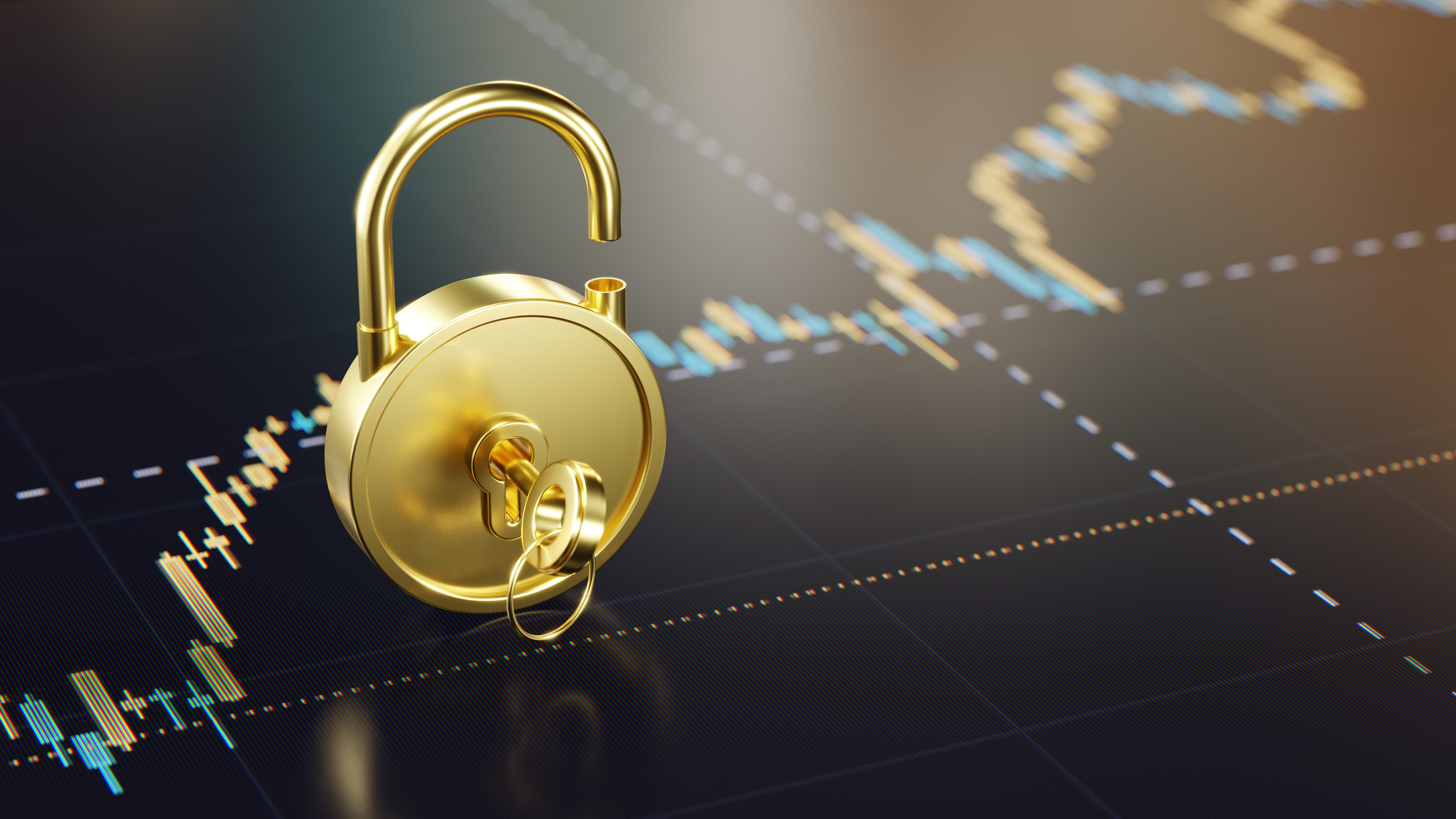This signal is the closest you’ll get to a sure thing in economics
Most economic indicators are flaky at best. But the “inverted yield curve” is uncannily accurate – and we’re heading for one now. John Stepek explains what it means for you.


Everyone's talking about the yield curve again.
More specifically, investors are fretting about an "inverted yield curve".
Unlike many of the beasts that are regularly spotted in financial markets (such as the Hindenburg Omen or the Death Cross, for example), this one has a surprisingly good record for predicting what comes next.
Subscribe to MoneyWeek
Subscribe to MoneyWeek today and get your first six magazine issues absolutely FREE

Sign up to Money Morning
Don't miss the latest investment and personal finances news, market analysis, plus money-saving tips with our free twice-daily newsletter
Don't miss the latest investment and personal finances news, market analysis, plus money-saving tips with our free twice-daily newsletter
So what is this hideous fiend and why does it worry investors so?
The most reliable indicator in the market
First things first, what's a yield curve?
Let's go back to basics. Two acquaintances, both with the same credit record and standing with you, come and ask for a loan. One wants to borrow the money until this time next year. The other wants to borrow the money for a decade.
Who do you charge more interest?
The answer, obviously, is the person who is borrowing for a decade. You have a rough idea of what the world will look like in a year's time. You have almost no idea of what it will look like in ten years' time.
Your acquaintances might both be good people with solid jobs and a record of repaying their debts. And a year from now, their circumstances, your own, and the condition of the world probably won't have changed much.
But in a decade? Your borrower might lose their job. They might get divorced. Rampant inflation could take hold in the wider world. Your own situation might deteriorate and you might want the money back in a hurry.
In short, lending for ten years is riskier than lending for one, and so you ask for more interest to compensate.
The yield curve simply shows this on a graph. It shows how, in normal times, the interest rate on a loan rises along with the loan period. So the yield curve for the US Treasury (US government bonds) market will slope upwards as it goes from the yield on the two-year bond, to that on the ten-year.
With me so far?
An inverted yield curve is what you get when the yield curve slopes downwards. In other words, investors are asking for more interest on short-term loans than on long-term ones.
That doesn't happen often. It usually only happens when investors expect a recession and are therefore clamouring for the perceived safety of US government bonds.
In fact, "every US recession in the past 60 years was preceded by... an inverted yield curve," note Michael D Bauer and Thomas M Mertens of the Federal Reserve Bank of San Francisco in a paper on the topic.
Now, that doesn't necessarily mean anything. After all, a stopped clock is right twice a day. So to get any value from the inverted yield curve, you also have to ask how many false positives did it generate?
The answer to that is impressive only one. And on that occasion, the economy did slow down, in any case.
To be more specific, every time the yield curve (as measured by the difference between one and ten-year Treasury yields other people more commonly look at the gap between two and ten-year) turned down between 1955 and 2018, a recession happened within two years.
The single false alarm happened in the mid-1960s "when an inversion was followed by an economic slowdown but not an official recession."
So that's a very good record. And while you can argue that there are lots of aspects of today's interest-rate environment that are almost unique, I'd still be reluctant to toss aside an indicator with that kind of hit rate.
The yield curve is flattening and a bit of it has inverted already
So why are we bringing it up now?
You can probably guess. The US yield curve is now at its flattest since summer 2007. The gap between the 12-month Treasury bill and the yield on the ten-year note is now below 30 basis points (in other words, it has fallen below 0.3%). The gap between the two and ten-year is even smaller, at just over 18 basis points.
I'd note a couple of things. Firstly, there's quite a wide range of recession start dates anything between six months and 24 months after the yield curve first inverts.
Secondly, inversion is important. In other words, the yield curve can get close to inverting, and it doesn't make a lot of difference to the probability of recession. But once it goes below well, look out.
On that front, it's slightly unnerving that at least one portion of the yield curve has already inverted. As Brian Chappatta pointed out on Bloomberg yesterday, the three-year Treasury now yields a little more than the five year.
Most commentators dismissed this at first. It's part of the yield curve that no one pays much attention to. However, as John Authers notes, also on Bloomberg, after doing some further research, he found something slightly worrying.
In the last 40 years, the three-to-five-year yield curve has never inverted without the two-to-ten year following suit. And of course, once the two-to-ten year inverts, a recession follows.
Also, Eoin Treacey points out on FullerTreacyMoney that the spread between inflation-linked two and ten year Treasury yields has also inverted. "We don't have the same back history for this spread, but it inverted more than two years before the last recession."
What does all this mean?
I'd want confirmation from the classic yield curve indicator (the two-ten year curve). But it does look as though evidence is building up for a slowdown. Of course, it could be a long way off yet as far out as late 2020, maybe further.
But it would also chime with a few other indicators US weekly jobless numbers are also looking (tentatively for now) as though they might just have hit rock bottom in September (this is a number I keep a close eye on in the Saturday Money Morning email).
The thing is and this is worth noting you don't have to panic (yet). According to Credit Suisse, US stocks tend to rise by 15% or so in the 18 months after the yield curve has inverted (this is one reason why everyone says that bond investors are smarter than stock market investors).
But this is one early warning signal that you need to tune into. I'll be keeping a close eye on it, and if it does invert, we'll be on recession watch.
Get the latest financial news, insights and expert analysis from our award-winning MoneyWeek team, to help you understand what really matters when it comes to your finances.
John Stepek is a senior reporter at Bloomberg News and a former editor of MoneyWeek magazine. He graduated from Strathclyde University with a degree in psychology in 1996 and has always been fascinated by the gap between the way the market works in theory and the way it works in practice, and by how our deep-rooted instincts work against our best interests as investors.
He started out in journalism by writing articles about the specific business challenges facing family firms. In 2003, he took a job on the finance desk of Teletext, where he spent two years covering the markets and breaking financial news.
His work has been published in Families in Business, Shares magazine, Spear's Magazine, The Sunday Times, and The Spectator among others. He has also appeared as an expert commentator on BBC Radio 4's Today programme, BBC Radio Scotland, Newsnight, Daily Politics and Bloomberg. His first book, on contrarian investing, The Sceptical Investor, was released in March 2019. You can follow John on Twitter at @john_stepek.
-
 Debt funds finally have their day in the sun – how to invest
Debt funds finally have their day in the sun – how to investInvestors can now earn equity-like returns from debt funds and with less risk
-
 How semi-liquid funds can help retail investors profit from private markets
How semi-liquid funds can help retail investors profit from private marketsInvestment trusts offer access to enticing opportunities in global unlisted firms and assets. For highly experienced investors with plenty of money, semi-liquid funds are another way in
